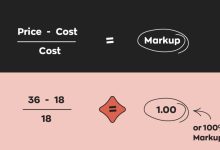We have observed that in the replica standalone online store advertising industry, the majority of campaigns are still run through Facebook Ads, while only a small portion rely on Google Ads. This comes down to two main factors:
A. Account Sources
Today, Facebook accounts are much easier to obtain. There are countless studios dedicated to phishing Facebook accounts, and the entry barrier is very low—just set up a phishing system, detect an agent user, and the account can be captured and unlocked.
Another common method is through email accounts, where brute-force database cracking is used to match passwords. However, most of these cracked accounts are “dead” accounts—also called zombie or server accounts—with no real user activity. These low-quality accounts have very poor survival rates and are not recommended for creating ads.
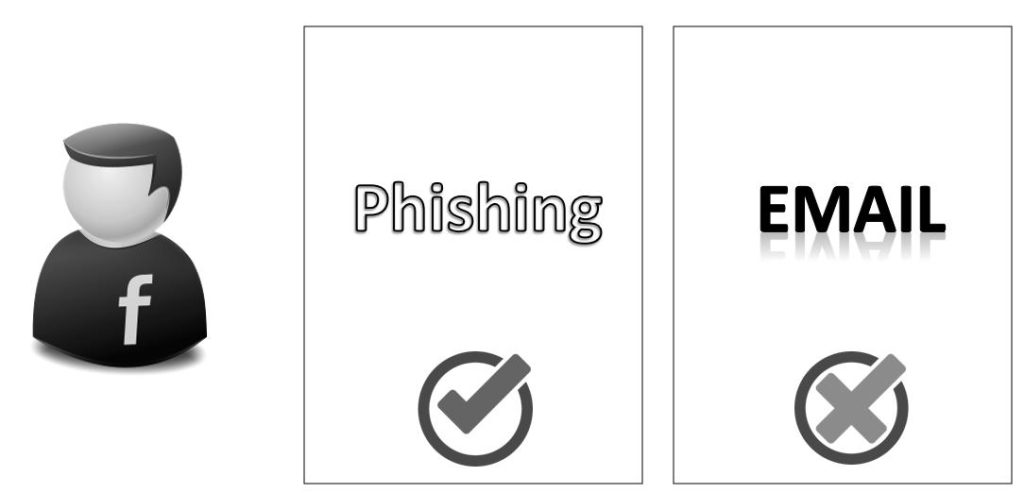
In contrast, Google accounts are far more scarce, which is one of the main reasons why the replica industry relies heavily on Facebook Ads.
B. Platform Nature
Google Ads focus more on precise keyword targeting. However, Google is extremely strict when it comes to brand keyword restrictions. Even if broad match keywords are used, the results are often poor: low conversion rates, wasted clicks, and very limited precision. On top of that, Google spiders can easily crawl suspicious campaigns, leading to account bans and “suspicious billing” flags.
On the other hand, Facebook Ads are more aligned with social traffic. With its highly developed classification and tagging algorithms, Facebook can accurately target the right audiences, offering much stronger conversion potential for replica campaigns.
1) Advertising Account
Facebook advertising accounts can be divided into three main types: business accounts, BM (Business Manager) accounts, and personal accounts, in descending order of account weight.
For more account-related content, you can read this article: Common Facebook Account Types Used in the Replica Standalone Online Store Industry
There are many ways to obtain personal Facebook accounts. On the market, numerous studios sell accounts, including big black accounts, small black accounts, unlocked accounts, mixed black accounts, clean black accounts, and cold black accounts. Prices can be as low as $0.50 per account. The only important point is to ensure the account is an active phishing account.
Considering account acquisition cost, weight, stability, and burnout rate, once your ads are running smoothly (this is a prerequisite), a recommended strategy is to combine personal accounts with BM authorization links.
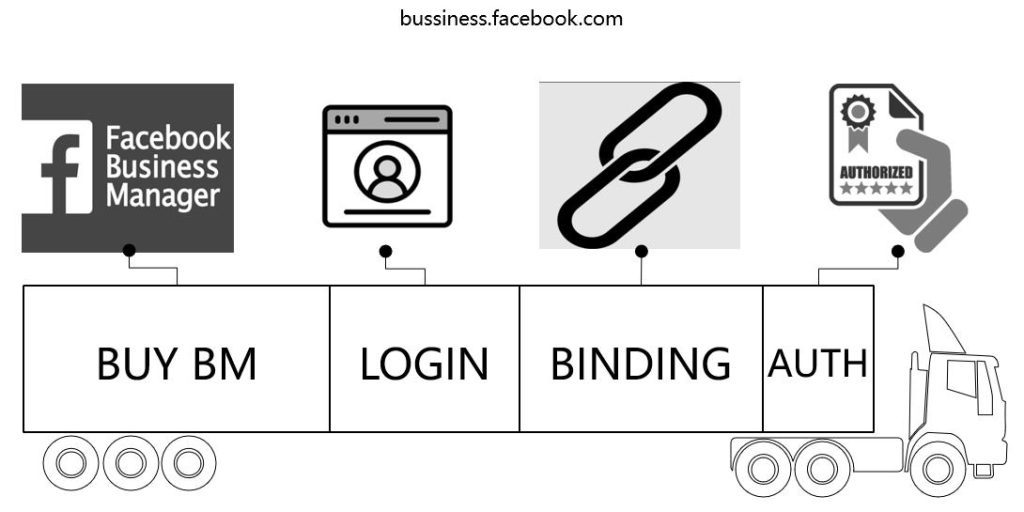
For example, pairing a U.S. small black account with an aged page link can be very effective for ad campaigns.
2) Environment
The advertising environment mainly involves IP setup and browser environment. In the industry, many advertisers use residential proxy IPs, such as 922s5, Luminati, iphtml, or other dynamic residential IPs.
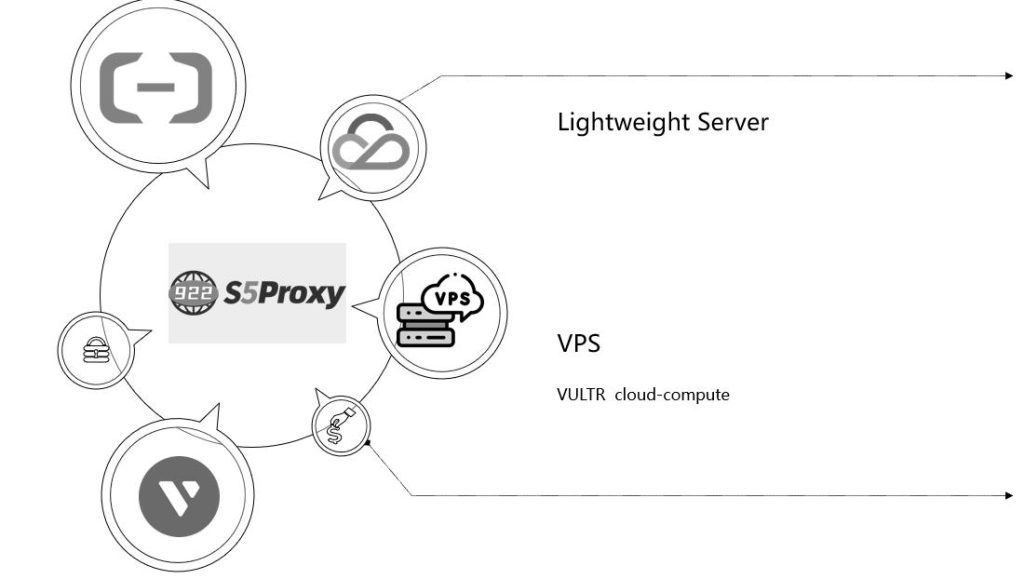
Theoretically, it is possible to build a highly realistic residential IP setup and run ads with personal black accounts. However, this is not the optimal solution, because running ads with personal accounts is considered highly abnormal by Facebook. This explains why many advertisers experience frequent account bans and constantly need to acquire new accounts.

Another critical part of the environment is the browser fingerprint, including parameters like browser version, user agent, geolocation, language, WebGL metadata, and rendering info. Among these, the main focus is usually on user agent, geolocation, and language,
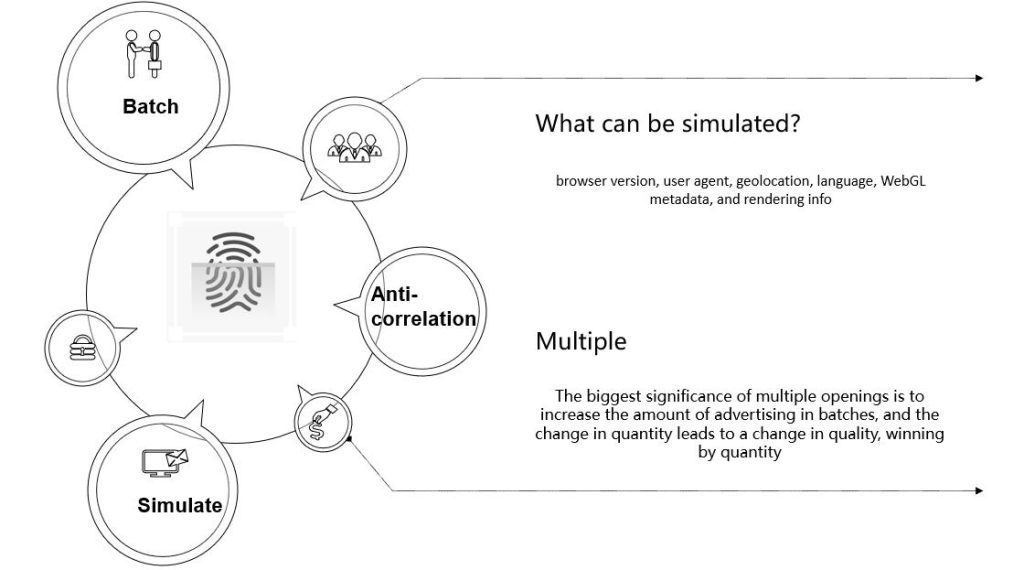
which can typically be managed using an anti-detection browser such as AdsPower or similar tools.
3) Payment Card
Payment cards are used to pay for advertising costs. There are two common types: virtual cards and C-cards (stolen cards).
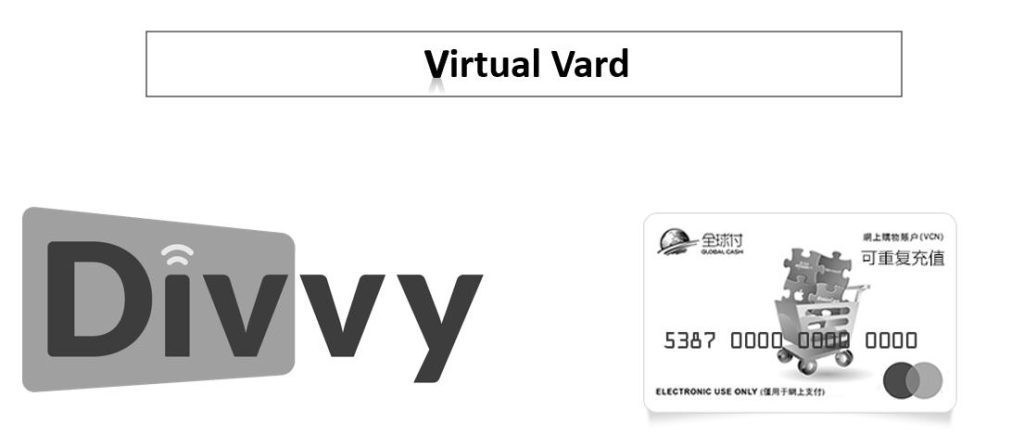
Many vendors sell virtual cards, but reliable and usable card heads are rare. In the replica advertising industry, Marcus Steele and his clients use high-quality virtual card resources. The advantages are:
-
They solve the issue of continuously opening cards without card loss.
-
The card heads are exclusive—not overused—and are regularly updated.
The card head is crucial. If a card head is flagged by Facebook, any ad account bound to it will be immediately banned. This makes high-quality card heads a well-guarded secret among advertisers.
he use of C cards is a more advanced method and is generally not recommended. There are two main challenges:
-
Phishing – Early methods like email or SMS phishing are now replaced by dynamic phishing pools.
-
Card binding – Binding cards triggers verification. Only a few vendors in the industry have exclusive technology to solve this.
Some clients choose to buy ad accounts already bound to C-cards, but this method is expensive, highly random, and unstable. Many cards have no available balance, and accounts are at high risk of being banned. This is especially true for Google Ads, where any suspicious billing activity can result in immediate account suspension.
4) Ad Approval and Survival
In the industry, many advertisers use cloaking to help ads pass approval. This is actually a standard practice—especially in the replica advertising industry. However, if cloaking is not done correctly, accounts can get banned repeatedly.
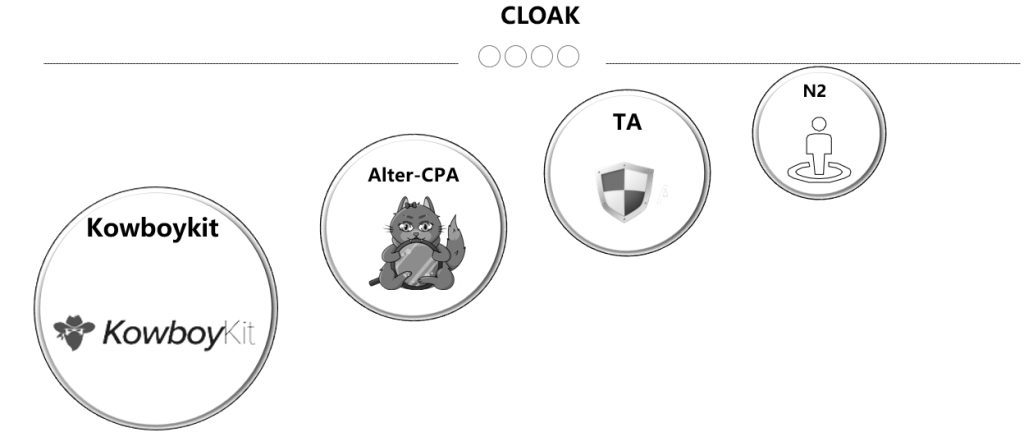
If we rate ad approval techniques out of ten, cloaking only contributes to part of the score. Whether an ad passes review and how long it survives depends more on the account’s weight, environment, payment card, and creatives. High-weight accounts can significantly impact ad performance. Therefore, cloaking is just an auxiliary tool, and should not be overemphasized.
Cloaking is a double-edged sword. Often, the use of cloaks can be detected by Facebook, reducing account survival time. Whether to use cloaking, and what type to use, depends on Facebook’s advertising policies at the time.
Running ads “naked” without any cloaking is also not recommended. There are various ways to improve ad survival—for example, leveraging blogs combined with JS tricks. It is not uncommon for personal accounts to survive for over a month with the right techniques. In this industry, there are always more solutions than problems.
5) Ad Performance
The previous four points mainly focus on ad account survival and approval processes, which form the basic workflow for running Facebook ads. Once you master these steps, there are no “secret tricks”—it becomes routine. The more important aspect is how to actually achieve effective ad performance, including ROI and key metrics. Simply spending money without strategy will not solve anything.
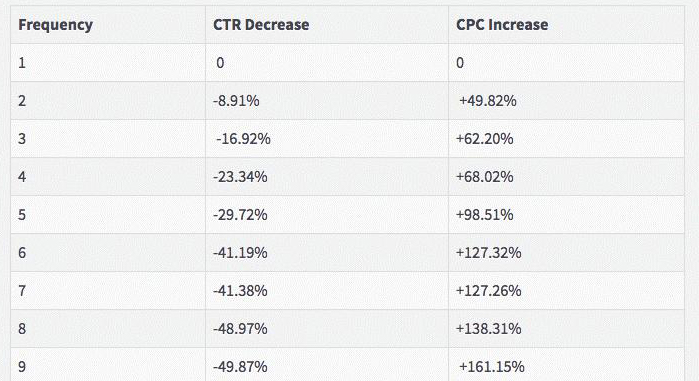
Ad performance heavily depends on the account’s weight. Beyond that, controllable factors for advertisers include creative assets, landing page optimization, placement testing, and audience targeting. Experienced advertisers pay close attention to these aspects.
For beginners, tools like ad spy tools can be helpful to analyze competitors’ high-performing creatives, ad formats, and target audiences. Based on your own products, you can then develop an ad strategy tailored to your needs.
 Custom E-commerce Solutions for High-Quality Designer-Inspired Fashion Replicas | Website Development, Dropshipping, Payment Integration for PayPal and Stripe, Ad Cloaking Services
Custom E-commerce Solutions for High-Quality Designer-Inspired Fashion Replicas | Website Development, Dropshipping, Payment Integration for PayPal and Stripe, Ad Cloaking Services




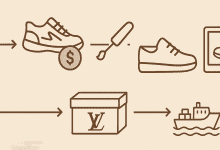
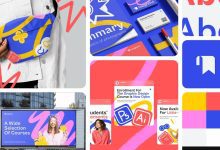

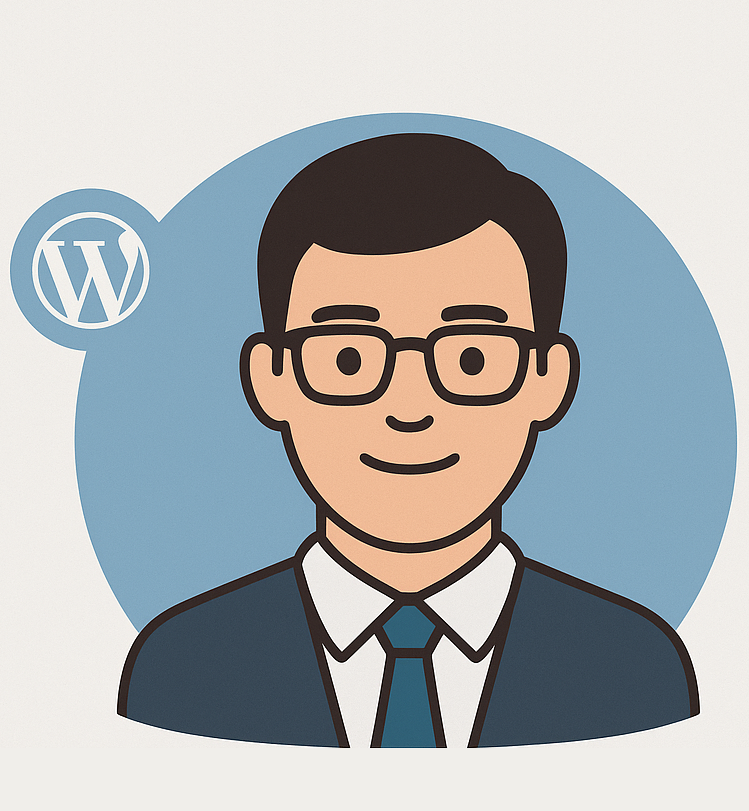

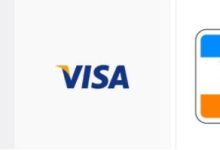
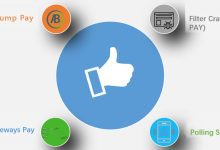
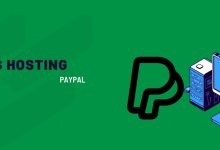


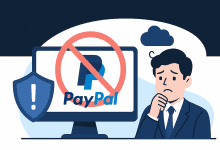

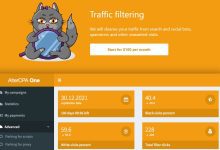


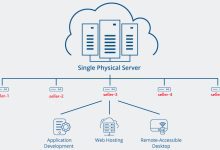

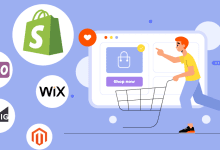
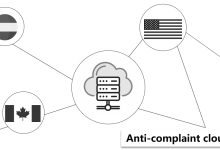

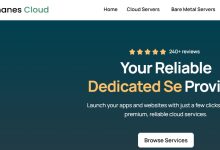

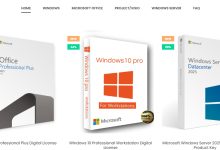
![5 Best WordPress Themes for Replica Product International Trade Websites [Recommended]-Custom E-commerce Solutions for High-Quality Designer-Inspired Fashion Replicas | Website Development, Dropshipping, Payment Integration for PayPal and Stripe, Ad Cloaking Services](https://replicasmaster.com/wp-content/uploads/2025/06/1-1-220x150.jpg)
